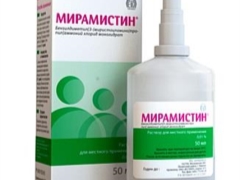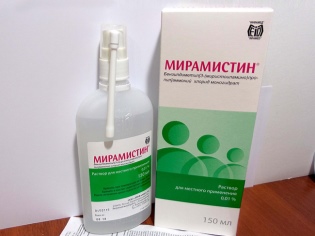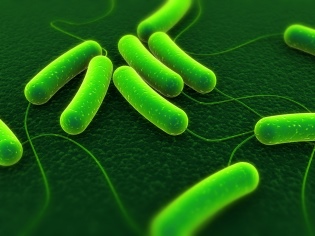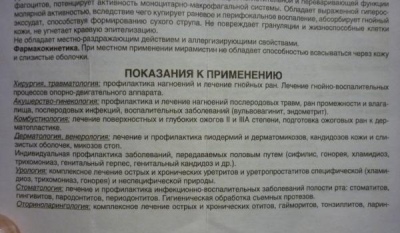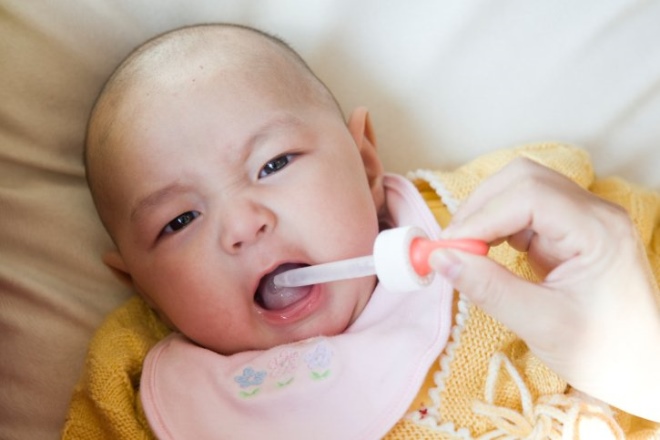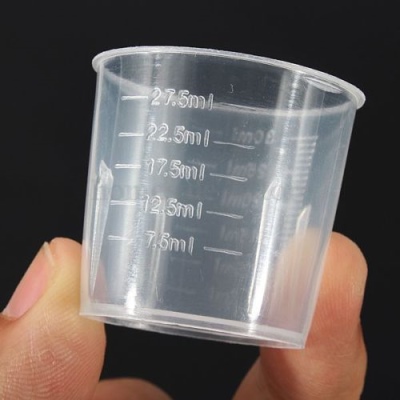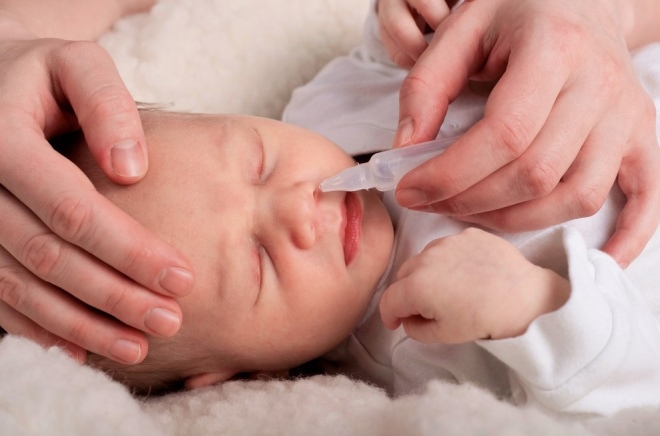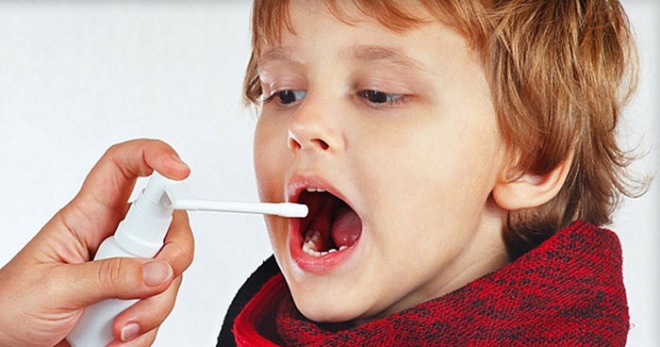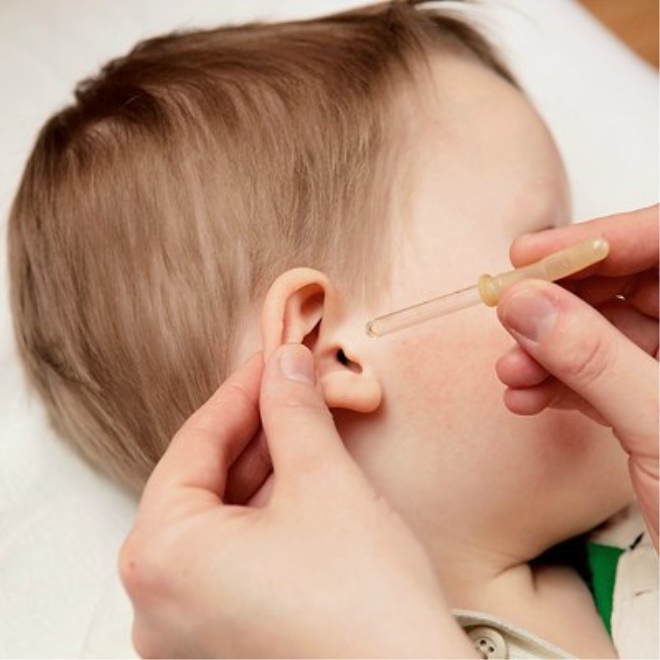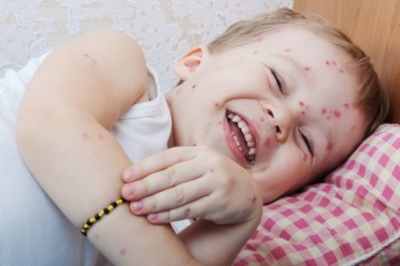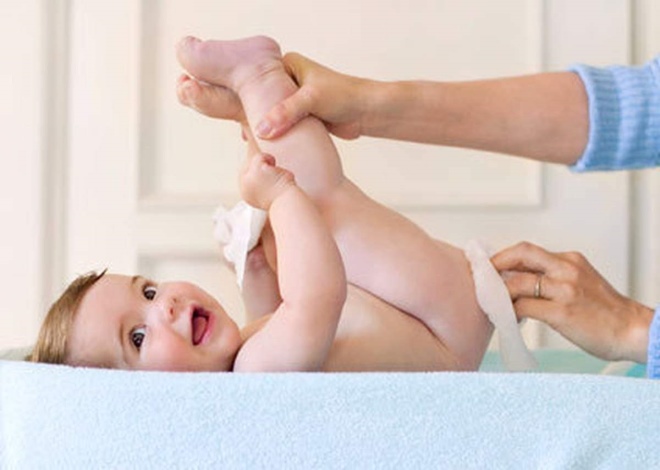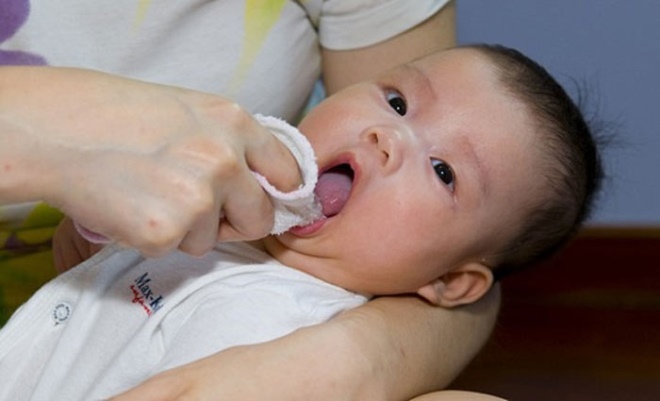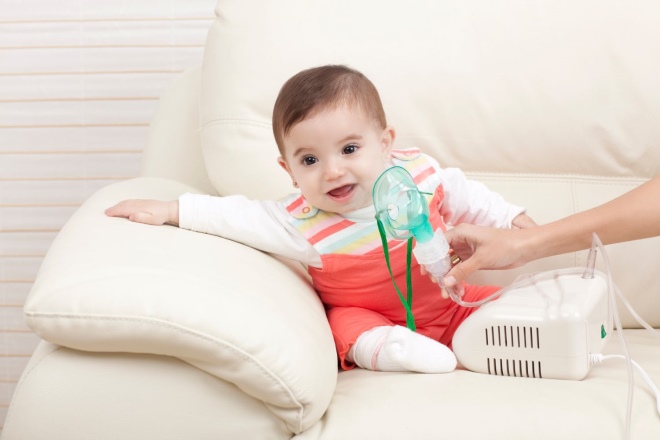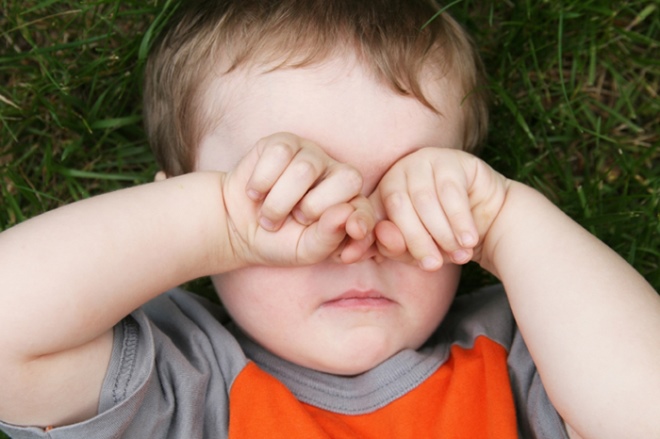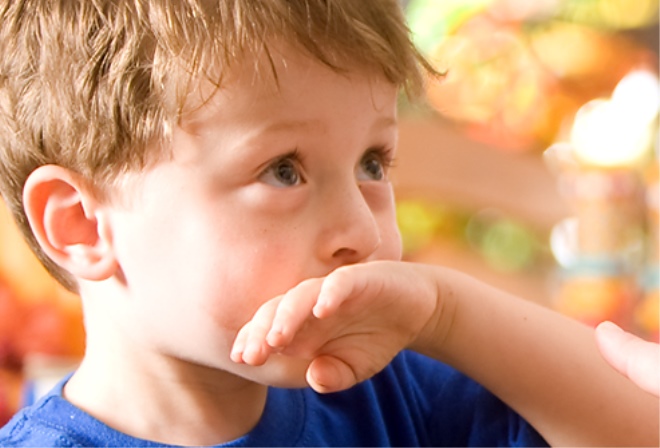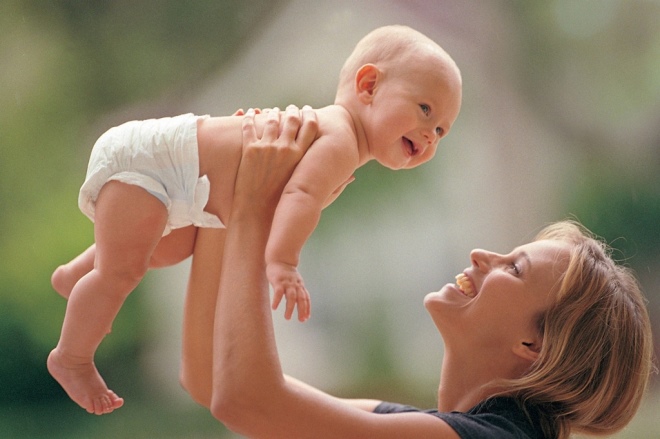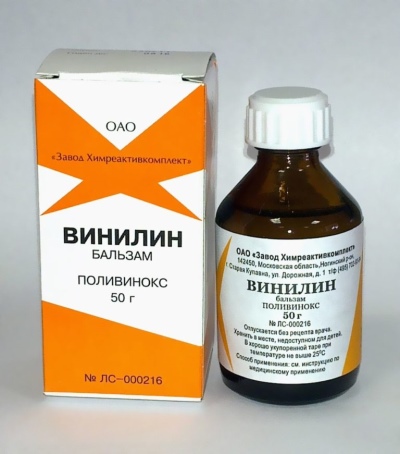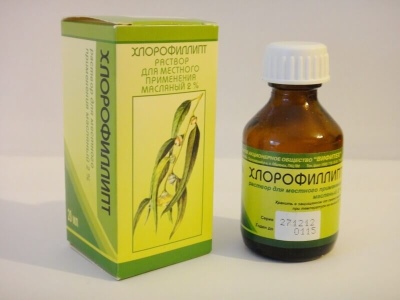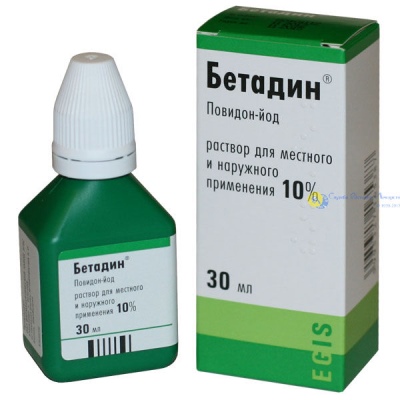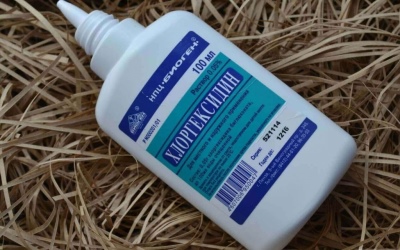The use of Miramistin in the treatment of children under one year
Among the many antiseptic agents that are now sold in the pharmacy, the domestic drug is in great demand. Miramistin. It is prescribed to both adults and young patients. But is the use of such a medicine permitted in infants when it is appropriate and in what dosage Miramistin can be used in children younger than a year?
Release form and composition
The drug is represented by a clear solution that lacks any odor, taste and color. This liquid includes only two ingredients - the active substance, also called Miramistin and purified water. The concentration of the active compound is 0.01%.
In pharmacies, you can see the different packages of Miramistin, which differ in volume and nozzles. In childhood, a vial with 150 ml of medication is most often recommended, to which a nebulizer can be attached. But for the smallest patients, smaller packaging is also suitable - bottles of 50 ml each, which have two nozzles (urological and spray).
Shelf life of the drug is 3 years and after its completion, the drug should be discarded. Storage of the solution does not require any special treatment - it is recommended to keep the package with the medicine out of the reach of children at room temperature. To purchase Miramistin in a pharmacy, a prescription is not needed. The average price of 150 ml of the drug is about 350 rubles.
How does it work?
Miramistin is able to destroy many harmful microorganisms, among which are called staphylococci, E. coli, Klebsiella, streptococci, chlamydia and other pathogens. The drug acts on some viruses, and many types of fungi, including candida. At the same time, the solution does not irritate the skin and mucous membrane, and also does not damage the cells that remain intact after the attack of an infectious agent. In addition, Miramistin has an anti-inflammatory effect, it accelerates healing and reduces the resistance of pathogens to antifungal and antimicrobial agents.
Indications for use
Annotation to the solution contains information that the drug is intended for patients older than 3 years. But in fact, many doctors attribute Miramistin to harmless and low-toxic, therefore, it is prescribed even for infants.
In children younger than a year, Miramistin is used for:
- Diaper rash.
- Stomatitis
- SARS and colds.
- Angina
- Burns
- Bronchitis
- Otitis.
- Laryngitis
- Runny nose.
- Thrush
- Tonsillitis.
- Gingivitis.
- Conjunctivitis
- Chicken pox.
- Sinus.
- Adenoiditis.
- Insect bites.
- Pustular or fungal diseases of the skin.
In addition, the drug is used for prophylaxis, for example, with a high risk of viral infection, with cuts, abrasions and other skin lesions.
Contraindications
The drug can not be sprinkled, dripped or applied to the skin, if the child has intolerance to miramistina. There are no other contraindications to treatment with this antiseptic, because such a means acts only locally.
Side effects
Most babies Miramistin does not cause any negative reaction. Immediately after treatment, a slight burning sensation can sometimes appear, but after 10–20 seconds it passes without a trace and does not require any action. However, in rare cases, the medication can provoke allergies.In such a situation, the further use of the solution should be abandoned and, together with the doctor, should choose an analogue.
What is important to remember when used in infants?
So that the drug does not have a harmful effect on the child's body, and the condition of the baby has not worsened, you should be aware of these nuances:
- Frequency of use of Miramistin in the age of up to one year should not exceed three times a day, regardless of the reason for the appointment of an antiseptic.
It is important to strictly observe the dosage prescribed by the doctor and apply the medicine according to the prescribed regimen.
- Treatment of the mouth and neck should be carried out after feeding.then the drug will remain in the oropharynx of the child longer.
- For infants, medication is often diluted. in the ratio 1: 1 or 1: 2. To the solution add boiled pure water.
- The duration of drug treatment in infants is determined individually.. Sometimes treatment is carried out only 5-7 days, but may be appointed for a longer period.
- If 3-4 days have passed since the beginning of the treatment and no improvement is visible., you need to show the baby to the doctor and find another therapy.
- If the baby has an itch, redness, swelling, or other negative reaction., you should immediately show the baby to the doctor.
Instructions for use
- With a cold in each nasal passage it is advised to dig in Miramistin by 1 drop. Sometimes the doctor prescribes the use of 2 drops at once, but to exceed this dosage is unacceptable, as this may cause irritation of the mucous membrane.
- Pharyngitis or sore throat medicine is sprayed into the throat with a tip. At an early age, just one click on the sprayer.
- If the baby has conjunctivitis, one drop of Miramistin is dripped into each eye. After administering the medication, a gentle massage of the eyelids is necessary to evenly distribute the solution. You can also wipe the little eyes with wadded disks moistened with an antiseptic. With this treatment, the movement should be directed from the outer corners of the eye to the inner.
- In the treatment of otitis media medicine drip crumbs in the ear. A single dose for children of the first years of life is considered 2 drops in each ear move. The same method of treatment and the same dosage is used for external otitis. If older children with this pathology prefer to use cotton wool soaked in Miramistin (they are kept in the ears for 10 to 15 minutes, after which they are carefully removed and discarded), then it is dangerous in infants and can cause damage to the eardrum.
- With chickenpox the drug can be processed bubbles on the skin and mucous membranes. This effectively prevents their suppuration.
- If the baby appeared diaper rashthen the cleansed skin should be irrigated with an antiseptic, and when the treated areas are dry, apply powder or cream to them.
- With stomatitis Miramistin rinses are usually prescribed, using about 10 ml of solution for one procedure. However, in infants such an application is impossible, therefore, it is possible to treat the affected areas using a spray (press the spray nozzle once), or lubricate them using gauze moistened with an antiseptic or cotton swabs.
- If Miramistin is prescribed to a child with burns or wounds, then the damaged skin needs to be irrigated with a solution (spray medication). Also often used dressings soaked in medicine.
- Inflammation of the lower respiratory tract The doctor may prescribe inhalations for which a nebulizer is used.
- One procedure is required to dilute Miramistin saline solution 1: 2. The recommended duration of inhalation is 5 minutes, and the frequency of holding - twice or three times a day.
Often there is a need for disinfection of the skin and mucous membranes in a child. The pediatrician in the next video explains in which cases Miramistin can be used for this and how best to do it.
What to do with eye contact?
The drug does not adversely affect the mucous membrane of the eye, but may cause a burning sensation. If it appeared after the medication hit the eyes (the crumb shows discomfort by crying and restless behavior), it is recommended to do the washing with clean water.
What to do if swallowed?
An overdose of Miramistin is not dangerous and can provoke dysbiosis and nausea. If the baby accidentally swallows the medicine, you need to watch the baby and immediately seek medical help if the baby becomes ill. To avoid negative effects, you can give your kid some sorbent.
Reviews
About application Miramistina As an antiseptic, little children receive many positive reviews from their parents. They call the medicine effective and harmless, as well as easy to use. Such a medicine is also praised by doctors of various profiles - surgeons, pediatricians (including Komarovsky), ENT doctors, dentists, and so on.
According to moms, the drug effectively helps with skin infection, runny nose, stomatitis and other diseases. Its release form is called convenient, but sometimes they complain about the high cost of the solution. Children tolerate this remedy mostly well, and allergy to it is extremely rare.
Analogs
Replace Miramistin Any other antiseptic agents are capable, but most of them cannot be used in children under one year old. Analogsallowed for infants are:
- Viniline. Such a thick yellow solution contains polyvinyl butyl ether, capable of killing bacteria and speeding up healing. The tool is prescribed for skin infections, injuries, diaper rash, burns, chickenpox, sore throat, stomatitis and many other diseases. In children under one year, it can only be used after prescribing by a doctor.
- Furacilin. The antiseptic solution prepared from such tablets can be used from birth. The proportions of the solution and the frequency of its use is determined by the doctor.
- Chlorophyllipt. Antimicrobial effect of this solution provides an extract of eucalyptus leaves. The drug is prescribed for treating skin to children of any age.
- Octenisept. In the composition of such an antiseptic, phenoxyethanol was added to octenidine. The drug is recommended for open wounds, SARS, otitis, mycosis, burns and other pathologies. There is no age limit for this medication.
- Betadine. This drug Povidone-Iodine is approved for the treatment of children older than 1 month. It is prescribed in the form of a solution and ointment for treating skin, oral mucosa, hands, damaged skin, purulent skin infections, and other problems.
- Chlorhexidine. External use of such antiseptic is allowed at any age. It is especially in demand for minor scratches, burns, cuts and other wounds.
